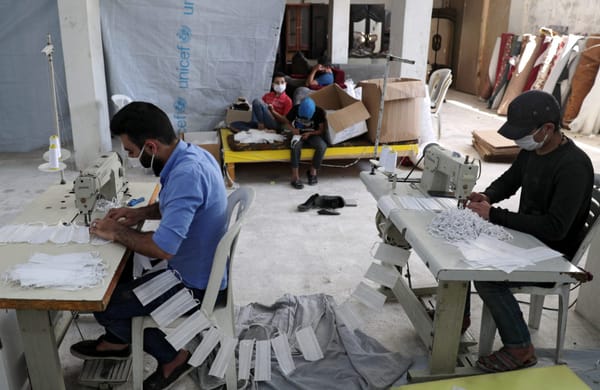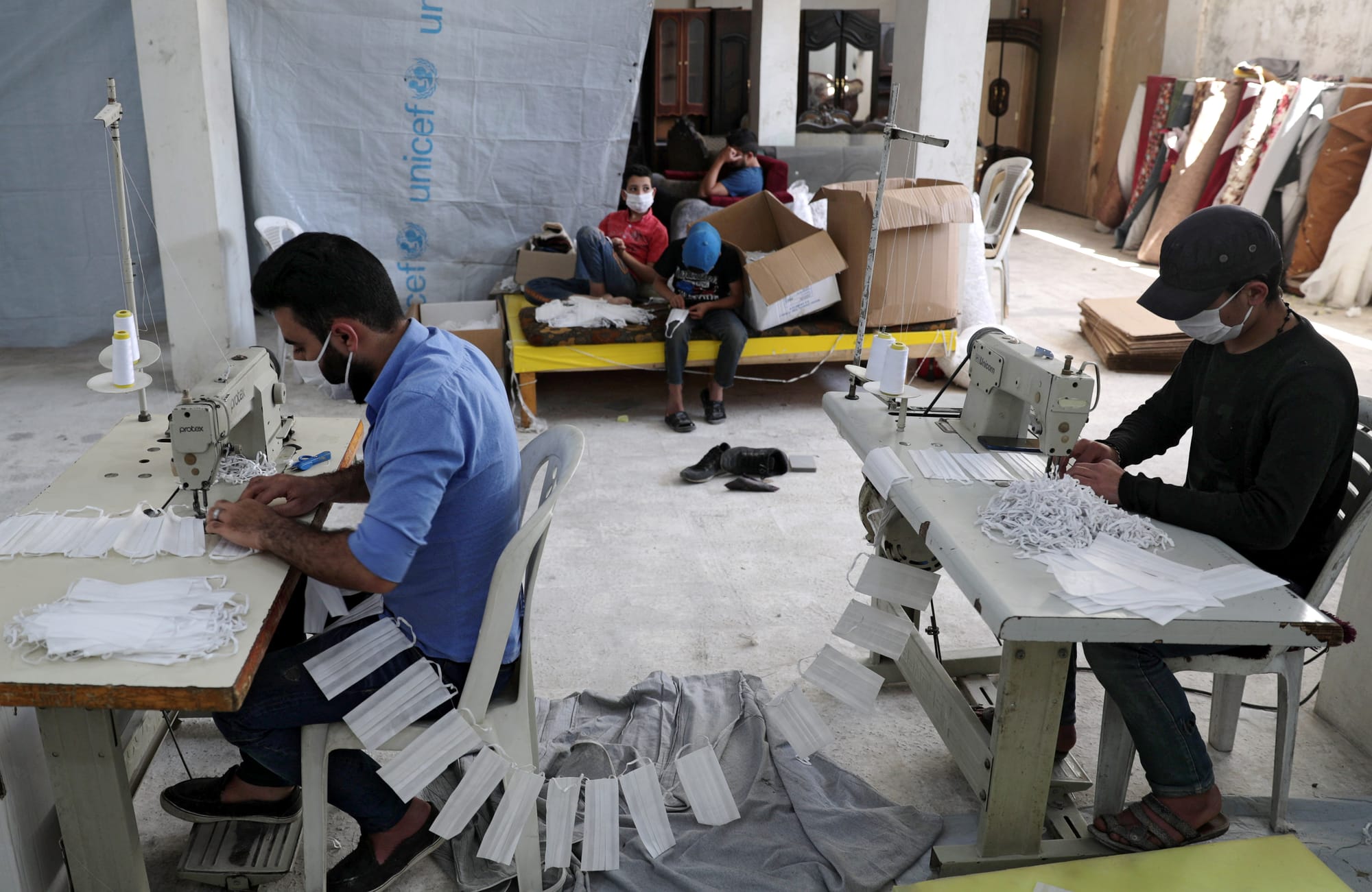COVID-19 Exposes Weaknesses in Syria’s Fragmented and War-Torn Health System
The COVID-19 pandemic could not have come at a worse time for Syria. The country’s health care system has already been devastated by nearly ten years of violent conflict, leaving much of the health infrastructure in ruins and health care workers overwhelmed. The health system is not only decimated,











